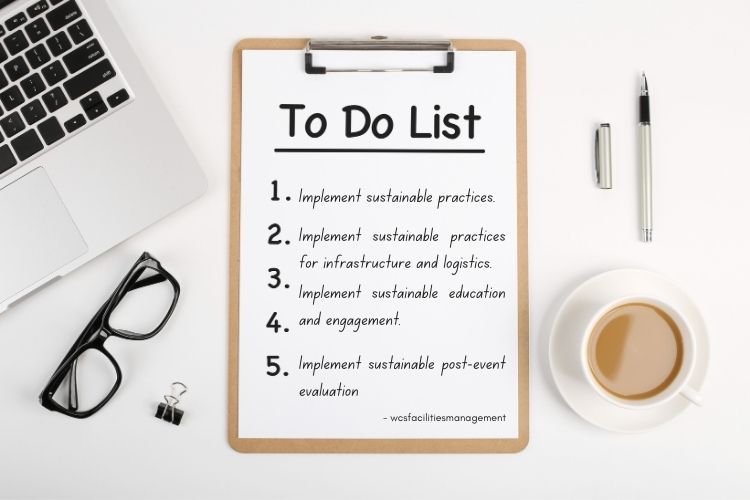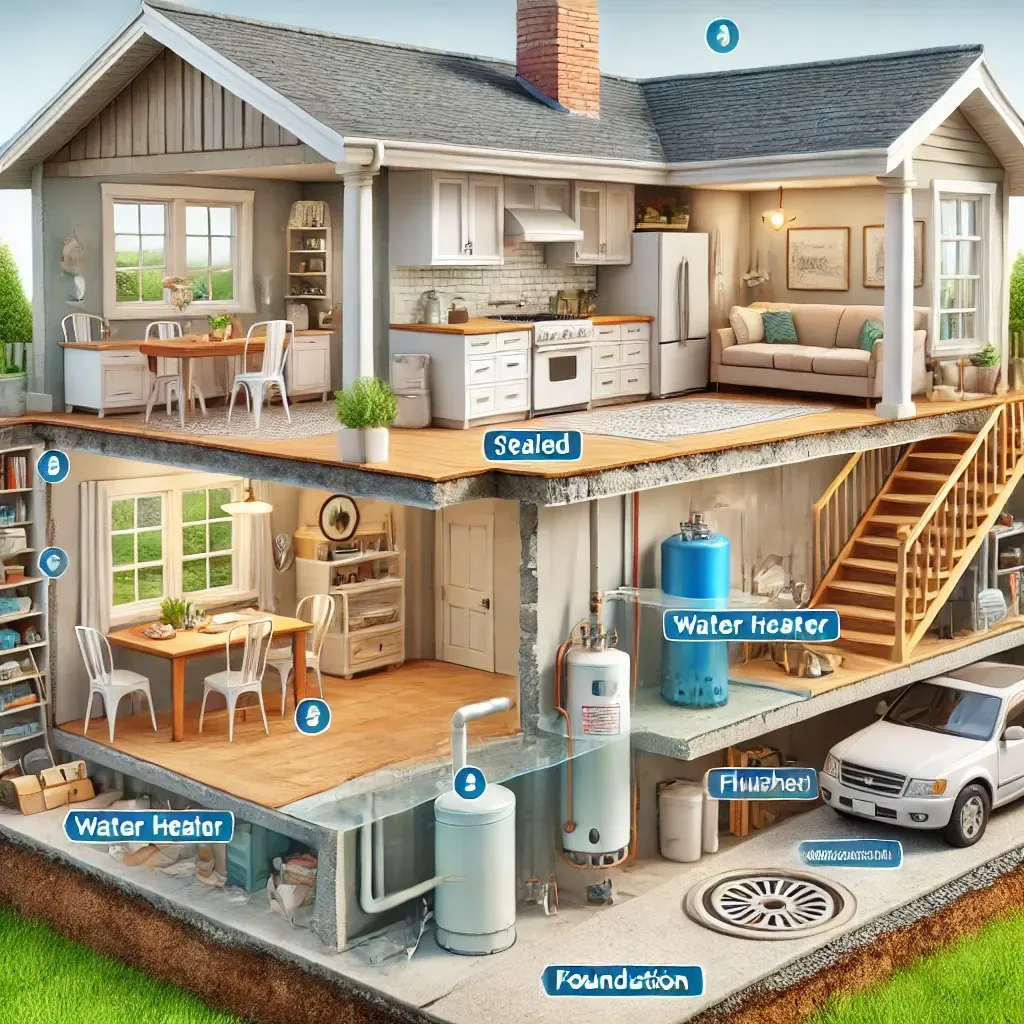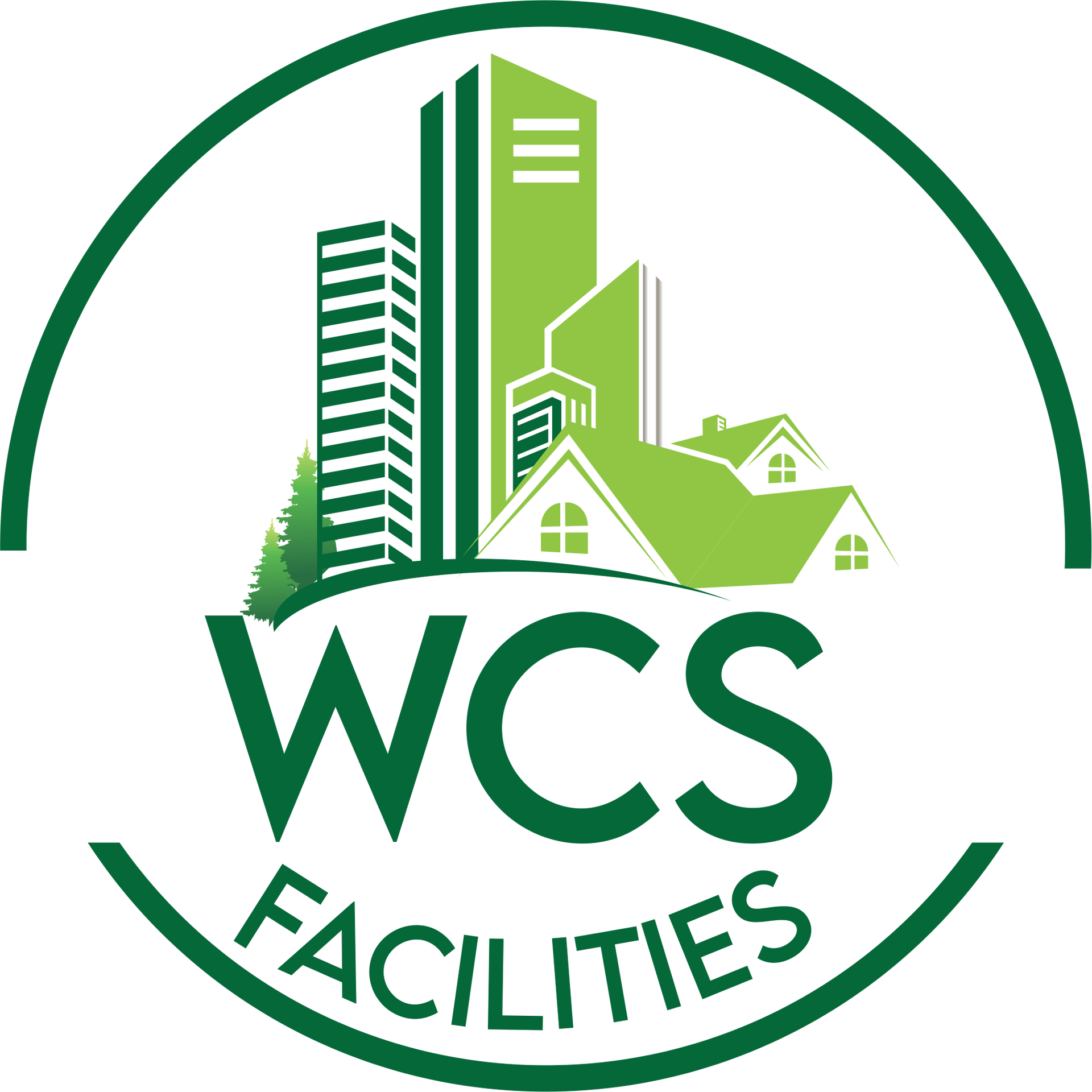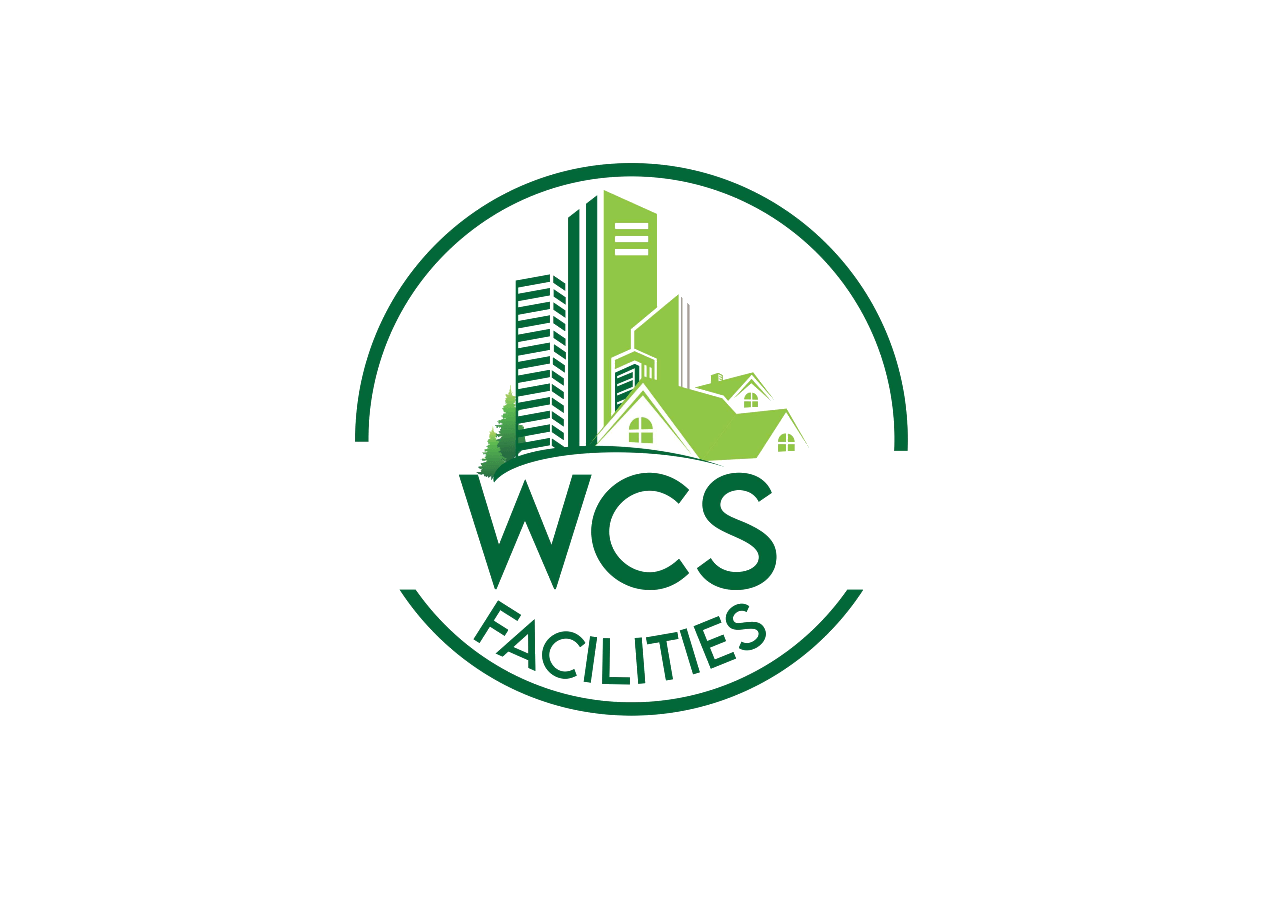Navigating the Road to Event Management Success: Considerations and Steps
Events, whether they are concerts, festivals, conferences, or weddings, often generate a significant amount of waste. In an era where sustainability and environmental consciousness are paramount, managing this waste effectively has become a crucial aspect of event planning. Success in event waste management not only reduces environmental impact but also enhances the event's reputation and attendee experience. Here, we delve into the essential steps and considerations to ensure success in managing waste at any event.
Pre-Event Planning
- Set Clear Objectives: Define waste management goals early in the planning process. Determine targets for waste reduction, recycling rates, and diversion from landfill.
- Conduct Waste Audit: Assess the types and quantities of waste generated by similar events in the past. This analysis guides decisions on waste handling infrastructure and resource allocation.
- Engage Stakeholders: Collaborate with vendors, sponsors, and venue management to align waste management strategies. Ensure everyone understands their roles and responsibilities in waste reduction efforts.
Implement Sustainable Practices

Reduce Single-Use Items: Minimize the use of disposable products such as plastic cutlery, cups, and plates. Encourage attendees to bring reusable items or provide biodegradable alternatives.
Source Separation: Implement a system for separating waste into different streams such as recyclables, compostables, and general waste. Clearly label bins and provide signage to educate attendees on proper disposal.
Food Waste Management: Partner with food vendors to minimize food waste through portion control, donation programs, or composting. Redirect surplus food to local charities or composting facilities to avoid landfill disposal.
Water Management: Offer water refill stations instead of single-use bottled water. Encourage attendees to bring refillable containers or provide compostable cups for water consumption.
Infrastructure and Logistics
Placement of Waste Stations: Strategically position waste stations throughout the venue to maximize accessibility and convenience for attendees. Ensure consistent signage and color-coding to facilitate waste sorting.
Waste Collection Schedule: Develop a schedule for waste collection and sorting during the event. Allocate sufficient resources such as bins, bags, and personnel to maintain cleanliness and efficiency.
Back-of-House Operations: Train staff and volunteers on proper waste handling procedures. Monitor waste collection points regularly to prevent contamination and ensure compliance with sorting guidelines.
Education and Engagement
Attendee Outreach: Raise awareness about waste management initiatives through pre-event communication, social media, and on-site signage. Emphasize the importance of individual actions in achieving sustainability goals.
Interactive Activities: Organize interactive workshops, games, or exhibits focused on waste reduction and recycling. Engage attendees directly to inspire behavior change and foster a sense of environmental stewardship.
Incentive Programs: Reward participants who actively participate in waste reduction efforts. Offer incentives such as discounts, merchandise, or recognition to encourage responsible behavior.
Post-Event Evaluation
Data Analysis: Collect data on waste generation, diversion rates, and cost-effectiveness of waste management strategies. Evaluate the success of initiatives against predefined objectives to identify areas for improvement.
Stakeholder Feedback: Solicit feedback from attendees, vendors, and staff regarding their experience with waste management practices. Incorporate suggestions and lessons learned into future event planning processes.
Continuous Improvement: Use insights gained from post-event evaluation to refine waste management strategies for future events. Adopt innovative technologies and best practices to stay at the forefront of sustainable event planning.
Successful event waste management requires careful planning, proactive implementation, and ongoing evaluation. By setting clear objectives, engaging stakeholders, and implementing sustainable practices, event organizers can minimize environmental impact and enhance attendee experience. Education and engagement play a critical role in fostering a culture of sustainability among participants. By following these steps and considerations, event planners can achieve success in managing waste and contribute to a greener, more sustainable future for the events industry.
Discover the Power of Efficient Waste Management With WCS Facilities Management!
Reduce, Reuse, Recycle: Together, let's minimize our ecological footprint by embracing eco-friendly practices during events. Bring your enthusiasm and passion for the planet as we implement cutting-edge waste management strategies that prioritize sustainability.
Take the leap towards sustainable waste management with WCS Facilities Management! Our expert Waste Management Services offer tailored solutions for businesses, events, and facilities. Let's work together to reduce waste, recycle responsibly, and create a greener tomorrow. Join the movement for a cleaner, healthier environment. Contact us today to discover how we can revolutionize your waste management practices!

You might also like




